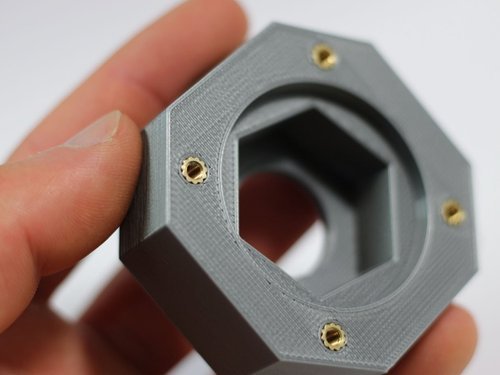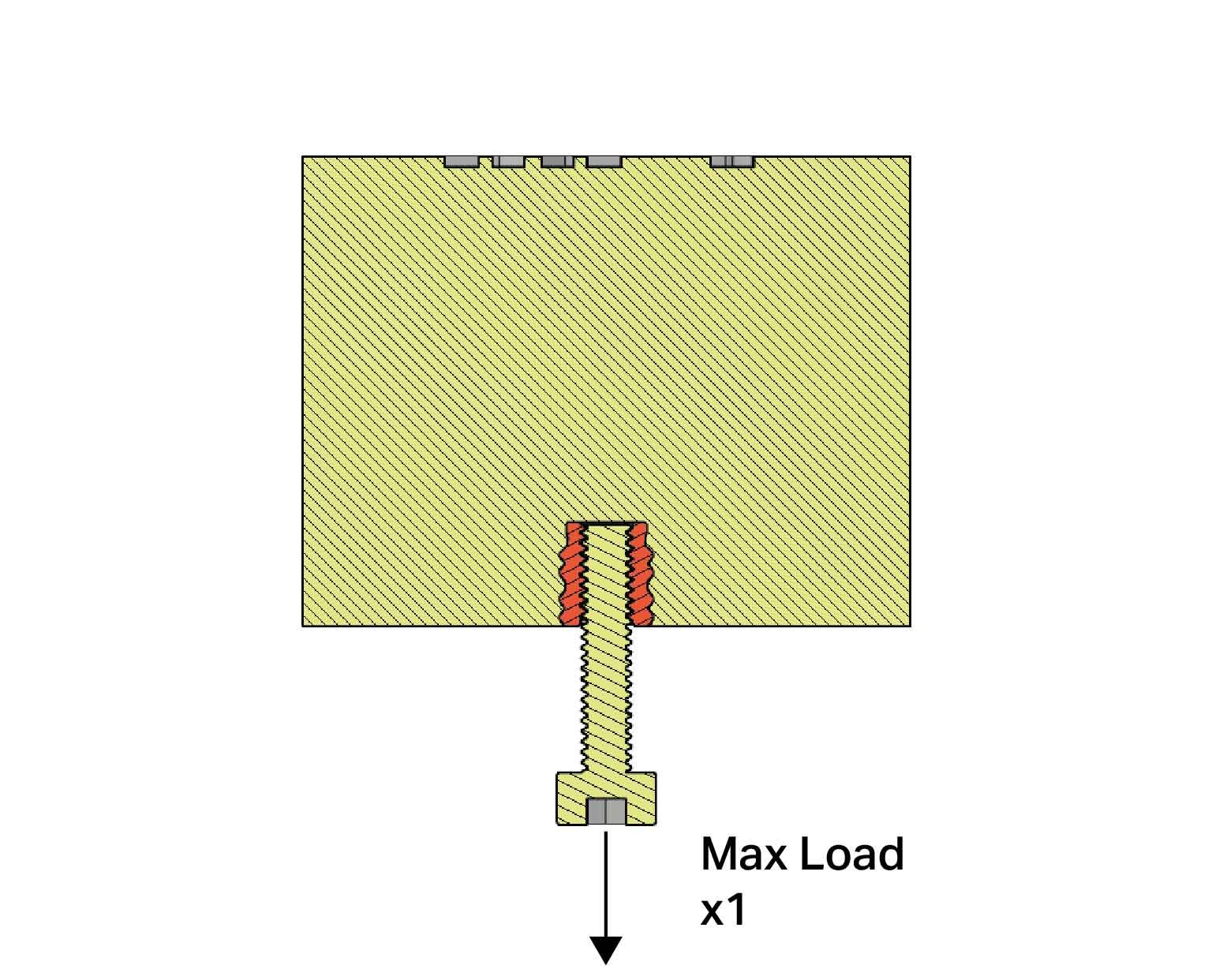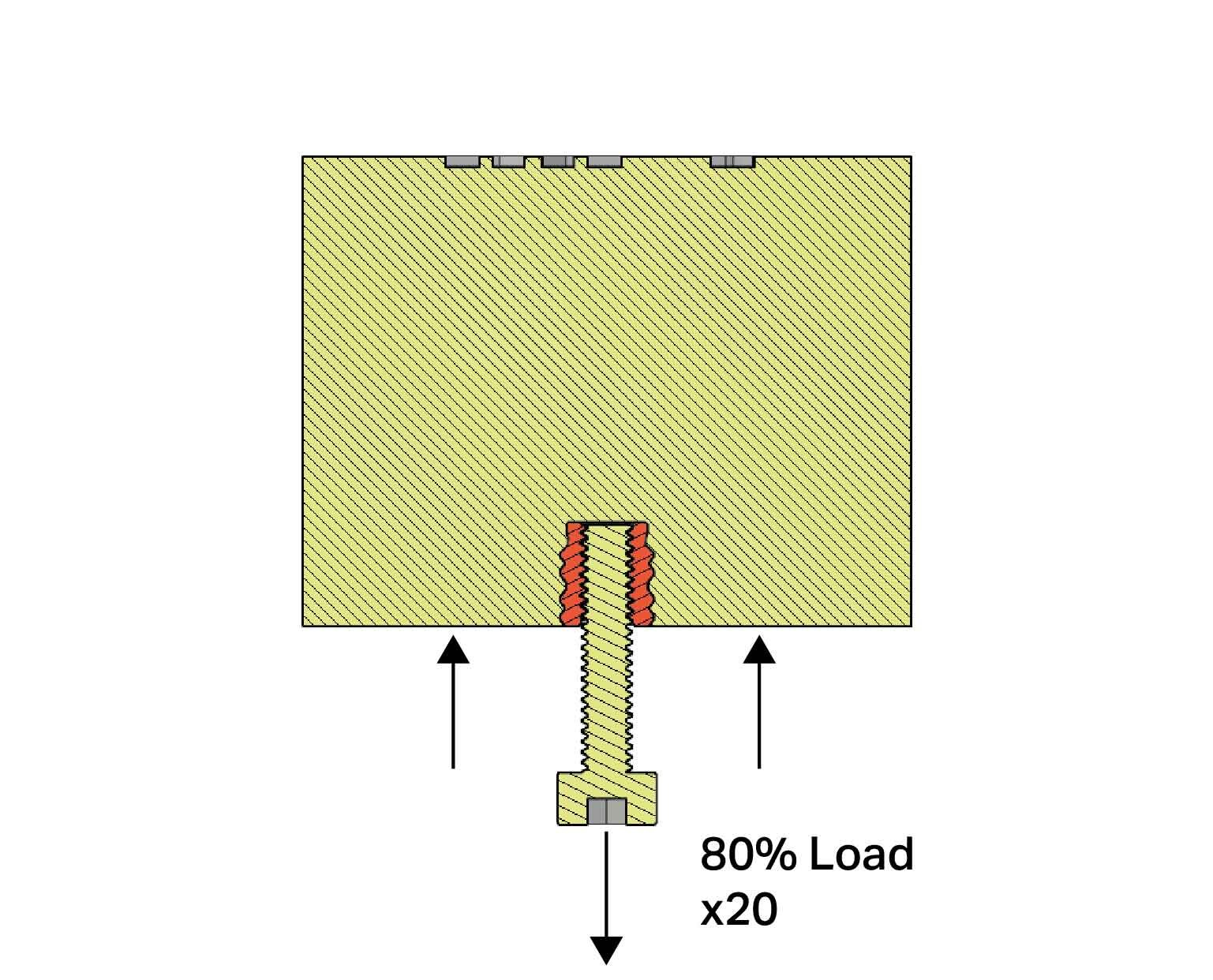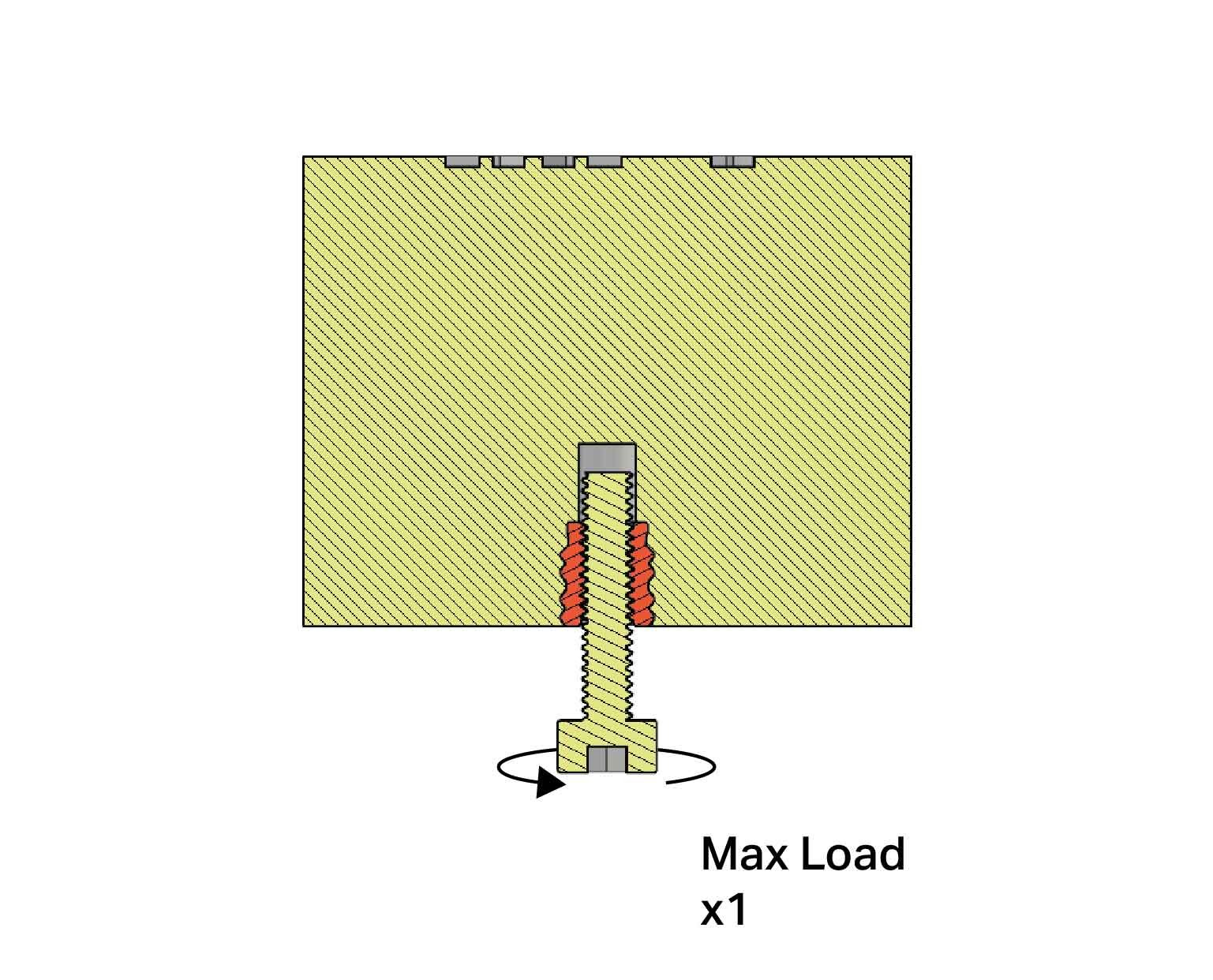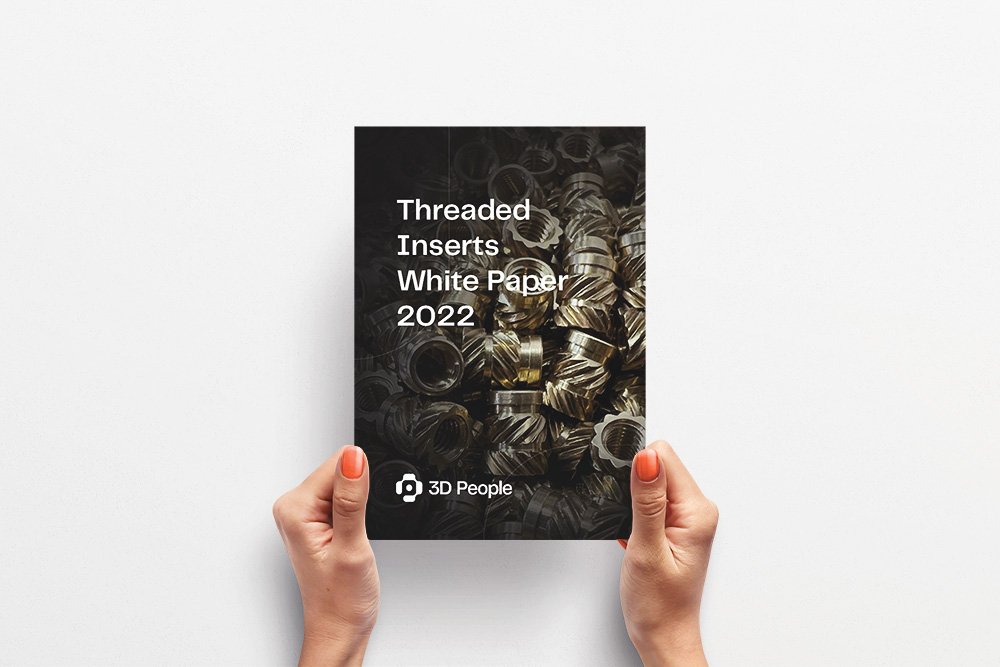Many designers and engineers choose to incorporate heat-set threaded inserts within 3D printed components. Whilst threaded inserts can be used for a multitude of applications, the projects that benefit the most from integrating a metric screw thread are:
1. Components that undergo regular assembly and disassembly
It is possible to thread 3D printed parts made in polymer materials such as PLA (FDM), PA12 Nylon (SLS) or PA12 Nylon (SLS). However, polymer threads are weak, will quickly wear, and will likely strip. Therefore, using a tap tool to create plastic metric screw threads is not recommended. A self-tapping screw with a slightly smaller gauge pilot hole will create a strong fastening suitable for single-use applications. For parts that require assembly and disassembly, such as a product casing with access to electronics, threaded inserts are recommended. The metal screw threads are made from brass and are more hard-wearing than the polymers.
2. 3D printed parts that integrate with off-the-shelf components and sub-assemblies
Additive manufacturing is a fantastic method for creating bespoke components that fit within a larger assembly. Off-the-shelf components often use bolts with metric threads, so using threaded inserts is a straightforward fastening method.
3. Standardisation for modular attachment across a variety of components or systems
The standard sizing of metric screw threads allows for parts to be incorporated within a modular system.
Performance of threaded inserts in 3D printed plastic materials
As a designer or engineer, it is important to understand the limitations of a mechanism used within your product. For instance, how can you know how many fastenings to use without knowing their load capacity? This is why we underwent a study to evaluate the performance of threaded inserts in 3D printed polymer materials. The findings of which we have made available in a whitepaper.
The report evaluates the mechanical performance of threaded inserts of different metric designations in the 3D printed plastic materials offered by 3D People. Three tests are undertaken to evaluate insert performance.
1. Pull Strength
This test measures the axial force required to pull the insert out of the plastic material.
A bolt is screwed into position and extracted using precision anchor testing equipment to record the tensile load. This force indicates the expected fastening strength for each material and inserts metric thread size. The equipment used for this test records the highest force measured at the failure to deliver a pull strength rating. Multiple readings are taken before averaging the result. The output measurement is Newtons force at the point of failure, which we can also equate into a loading weight in Kilograms.
2. Robustness
Test 2 measures the robustness of inserts after repeated heavy-duty cyclic loading. This test aims to indicate the reliability of inserts that are expected to undergo repeated loading over time.
For this test, the installed insert is loaded and unloaded with 80% of the measured failure force from Test 1 for each specific metric thread size and material. After 20 loading cycles, the insert is tested to failure and the results are compared to data from Test 1.
The output measurement for this test is failure force data for material and metric thread size, in addition to a % variation on Test 1 loading vs. pull strength after repeated cyclic loading.
3. Torque Strength
This test measures the twisting force, or torque, required to break the insert out of its installed location. Analysing this data in conjunction with data from Test 1 can provide a more complete picture of insert loading capacity.
A hex head bolt is screwed into the installed insert until the head bottoms out on the insert. A digital torque metre is used to increase the twisting force on the insert until it fails by starting to rotate with the bolt.
Multiple readings are taken before averaging the result.
Conclusions
The results and analysis across the three performance tests have yielded some clear conclusions. Overall, it is evident that the high performing left and right helical inserts have proven commendable performance for pull testing, insert robustness and torque strength testing. Download the white paper for the full report and data outlining the average force and loading weight each insert can withstand.
White Paper
Performance of threaded inserts in 3D printed plastic materials
The use of inserts can add significant value to a project. We welcome enquiries on how you can unlock the benefits of metric inserts in your next project.
Learn more about when and how to use threaded inserts on our threaded inserts service page.
We are eager to hear what you have to say about this whitepaper, please let us know what you think by emailing print@3dpeople.uk



